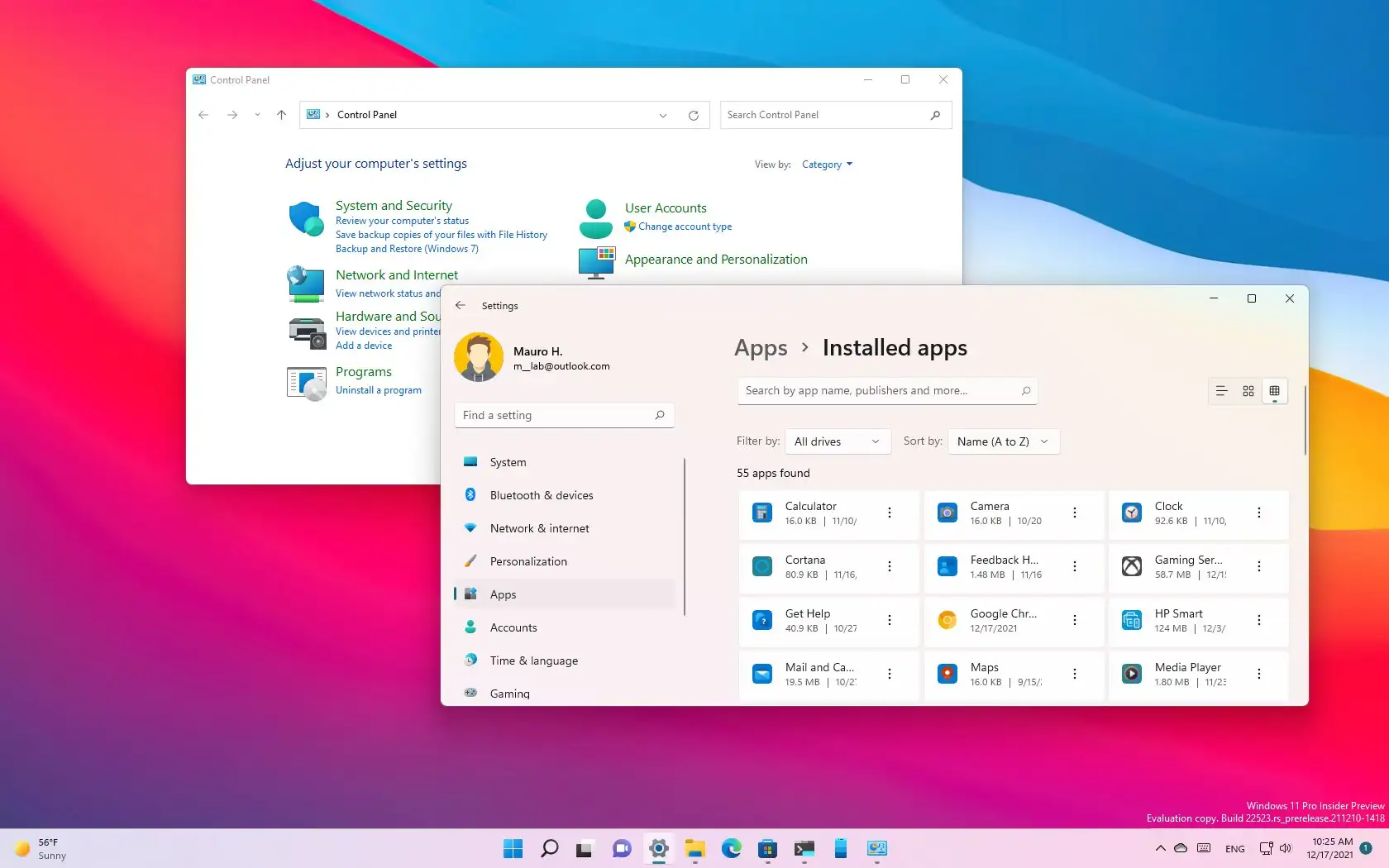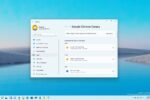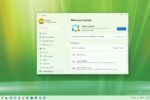Finally, Windows 11 is taking the removal of the Control Panel seriously. It has been a gradual shift, even though Microsoft has been moving functionality to the new Settings app experience since Windows 10. However, the firm is currently concentrating more actively on discontinuing the traditional Control Panel since the first introduction of Windows 11 and beginning with the ongoing development of the next feature upgrade.
For instance, Microsoft deleted the Control Panel’s Programs and Features and Uninstall updates pages on Windows 11 build 22523. These links will now open the Settings app’s comparable settings in the contemporary interface when clicked. Even though it might not appear important, these functionalities are essential for installing and uninstalling updates and programs.
Additionally, the Settings app finally includes a tab to delete updates as of build 22523. Additionally, the applications & Features pages have been split into two distinct sites in the most current previews. These pages now include the Installed applications and Advanced apps settings, and both have been improved in a number of ways.
Windows 11’s onbuild 22509 introduced a new Advanced Sharing options page that transfers all of the Control Panel’s network sharing capabilities to the Settings app, including file sharing and network discovery options. Additionally, the Printers & Scanners settings page has been changed to display additional information about printers and scanners without requiring the user to enter Control Panel, and many networking entry points from Control Panel now open straight into the Settings app.
Naturally, these modifications complement the enhancements Microsoft made with the initial release of Windows 11. For instance, settings and driver information that were previously only accessible through the Control Panel are now displayed on the Sound properties page.
Previously, you had to configure Storage Spaces via the Control Panel; however, the Storage settings section now allows you to create and manage pools and spaces.
Windows 11 also introduced a new Advanced Network Settings page in the Network & Internet area. This page allows users to access a number of networking options that were previously only available through the Control Panel, including turning on or off network devices and seeing current network data.
Numerous more enhancements were made to the entire experience, including the Settings app. The app was redesigned, for instance, and now has Windows 11-specific features like Cleanup recommendations. Additionally, the legacy Disk Management has been ported over to the modern drive management experience, which includes formatting, resizing, changing the drive letter, and monitoring drive health, among other things.
It’s still unclear when Microsoft intends to fully discontinue the outdated Control Panel. Nonetheless, the business is dedicated to enhancing and consolidating the Settings app to make it the primary location for managing Windows 11’s features and personalization settings.



